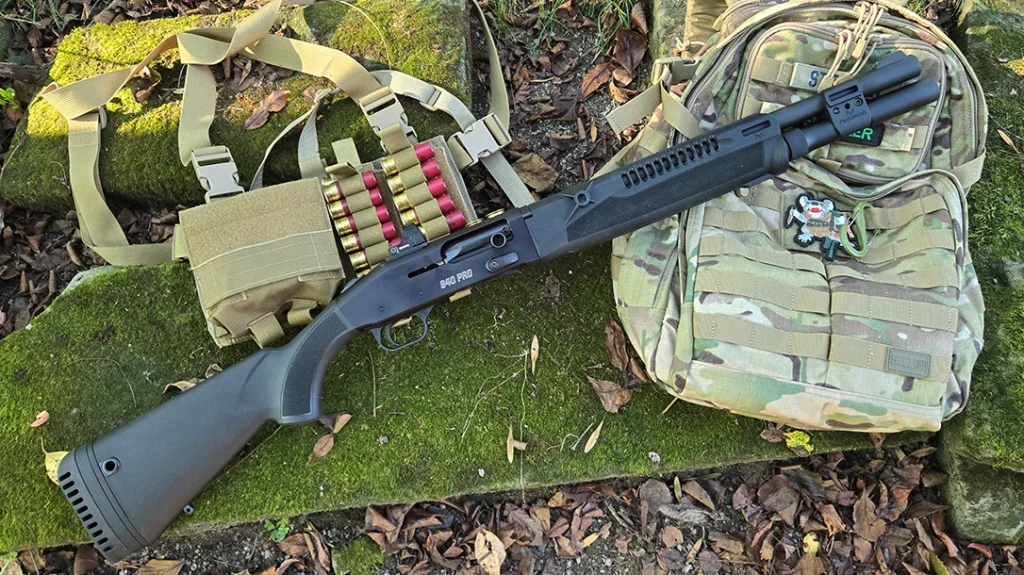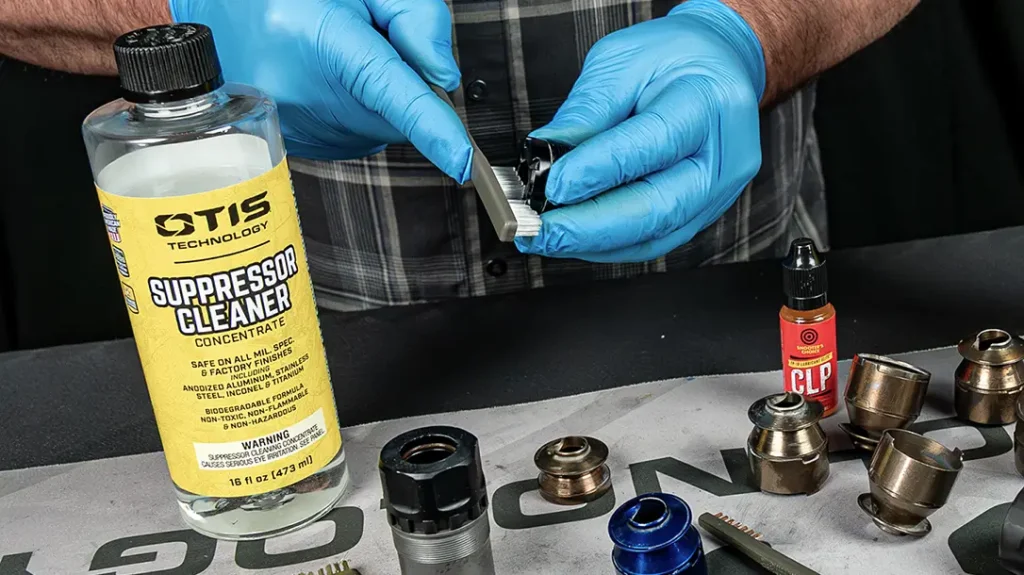I like to call this drill the visual barrier disruption drill. It’s a necessary drill to work on for any competitive shooter. Visual barriers are nothing more than a distraction. When I say visual barrier, this could be a “see-through” competition-style wall, stacked barrels, a door or floor-to-ceiling wall, or anything that blocks the view of the target(s) you want to impact. The drill is set up to hide the targets from view using a visual barrier but force your mind not to focus on the barrier.
Visual Barrier Disruption Drill
Equipment Needed
- Two Stacked Barrels, a Wall, or other Visual Barrier
- Two Paper Targets
- Pistol (Langdon Tactical Beretta 92XI Squalo with Holosun 507Comp)
- Holster (ANR Design Kydex Holsters)
- Belt (Safariland ELS)
- Timer (KST1000)
The Set Up
What’s fun to explain about the setup is you’re essentially setting yourself up for success by setting up the drill for failure. The goal is to hide your targets from view to see how a visual barrier distracts you when shooting behind one. I used two stacked barrels for this drill, but you can use any tall visual barrier to place in front of targets. Set up two paper targets behind the barrier next to each other and about 7-10 yards behind the barrier. When standing behind the barrier, you shouldn’t be able to see either target in full view without leaning or stepping to the left or right.

Advertisement — Continue Reading Below
The Drill
I always use a timer for this drill to track the overall time it takes to shoot it and my splits, which I’ll explain why that’s important in a second. Start standing in the middle behind the visual barrier with your pistol loaded and holstered, wrists below your belt (If you’re using stacked barrels, don’t start so close to them that you can’t safely move your pistol from one side to the other.). When the timer signals, draw and shoot the target on the left twice from the left side of the visual barrier and the target on the right twice from the right side of the barrier. This drill is four rounds in total.
Time Keeps Tickin’
The overall time it takes to complete the drill assesses your speed vs. accuracy (remember to make your hits count!). You can score your target if you’re using USPSA or IDPA targets to see how well you focus on the “A” or “Down Zero” zone. On the Kestrel KST1000 timer, I can break down each shot split for the four rounds I fired. The first split is the time it took from the beep for me to draw, aim, and shoot the first round. The second split is the follow-up shot on the left target. The third split will show the time for me to move from the left of the barrier to the right and fire the next shot. The final split is my follow-up shot on the right target.
The draw-to-target time is always a time you should be tracking to see how fast you can draw consistently with the proper grip on the gun. The next time you should track is the split time between shots two and three. That is the visual barrier distraction time suck. It tells you how much time you spent distracted by the barrier before shooting at your next target.
Advertisement — Continue Reading Below
Drill Variances
The principle is to force yourself to shoot from both sides of the barrier. To mix this drill up, you can start to the left of the barrier, where the left target is completely visible, and you must physically step, shuffle, or do more to get to the other side to shoot the right target (and vice versa). You can also change the start position to have your hands on the barrel or wall, so you’re forced to be close to the barrier at the start and work harder to clear it on the draw. You can also use a single target directly behind your barrier to shoot from both positions.

So, What Happened?
If you have never trained with visual barriers, my guess is that the barrier slowed you down significantly as opposed to if the barrier wasn’t there. To test this theory, remove the barrier and run the drill. Look at your overall time and the split time between shots two and three. I guarantee there’s a difference. Even though you knew the second target would be where you set it up, you let the visual barrier distract you and slow your shooting down.
Advertisement — Continue Reading Below
Your eyes lead absolutely everything in shooting. As soon as you’re done shooting the target on the left, your eyes should lead you to the right side of the barrier with your gun up, trigger prepped, and as soon as you see your sights come across the “A” or “Down Zero” zone, you should be firing the gun. You’ve already slowed down too much if your eyes lead to the barrier instead of where you know that target will be. Shoot this drill until the visual barrier is no longer distracting and your split time from shot two to three decreases. Accuracy always matters, so shoot this drill as fast as you can consistently without losing accuracy.























